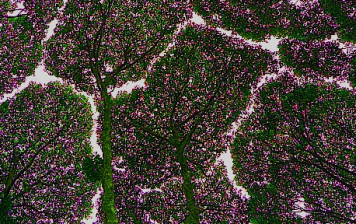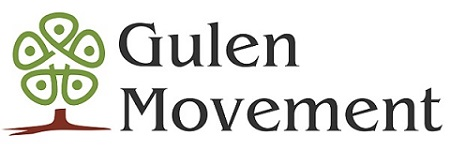
The volunteers of this movement have established in many countries around the world credible institutions and organizations operating in a variety of fields including education, health, media, dialogue, and relief, national and international trade. These are disparate organizations established by individuals or via a collective group of volunteers who operate professionally. The aforementioned organizations are working to be beneficial to humanity, both individually and collectively. It’s for this reason the movement envisions a bottom-up rather than a top-down projection so as to re-invigorate universal values that are subject to erosion such as truthfulness, honesty, justice, mutual respect, tolerance and peace.
Within the framework of the Hizmet (Gülen) movement, every proposed project from its evaluation to its detailed implementation stems from broad based consultation to arrive at a mutually agreed decision. This process is one of the most important elements of the movement. Every decision is endorsed after wide scale consultation that is transparent. Decisions are reached after a quorum is established with an overwhelming consensus. Even though there may be differences of opinion by an individual or individuals, as long as they don’t veto the decision they will comply with the decision’s implementation. If they still oppose an idea, they will be involved in the consultation process until they are convinced to not veto the decision or truly believe the decision is the best outcome. At times of differing opinions, no one’s point of view is imposed upon another.
A central or hierarchical structure within the movement is not a topic for discussion. Hizmet establishments and organizations do not have a system, which can impose a benefit or penalty for attendance, entry and exit based on membership. However, it definitely has social, moral, ethical interplay and principles just like any other voluntary and democratic social network comprised of individuals of the same ideals and views.
Although there is a connection/relationship at the project level between the movement organizations and their volunteers but this connection is not organic or obligatory as it is in hierarchical structures. Because of ownership of the movement by large masses, there is no official membership mechanism and there is no need and effort made to know one another; generally speaking, not everyone in the movement knows each other. In addition to this, they can contact each other and communicate to share their experiences and project ideas and support each other in every possible way through social communication facilities as well as the media and the Internet.
Tags: Gulen Movement | Organizational structure within the Gülen movement |Related Articles

Is the Gülen Movement a cult?
The Gülen Movement is not linked to any sectarian tradition or affiliation. Networking, participation and affiliation in the Gülen Movement are not exclusive, alienating and sectarian because the…

Principles of the Hizmet Movement
Every social or spiritual group may have both institutional and non-institutional aspects. In relations between the individuals who have an institutional role and those who do not, the…

The Gülen Movement’s Initiatives in Britain
The history of the Gülen Movement in the United Kingdom is fairly short compared to other Turkish faith-based communities or movements, such as Suleymanci, Sheikh Nazim and other…
